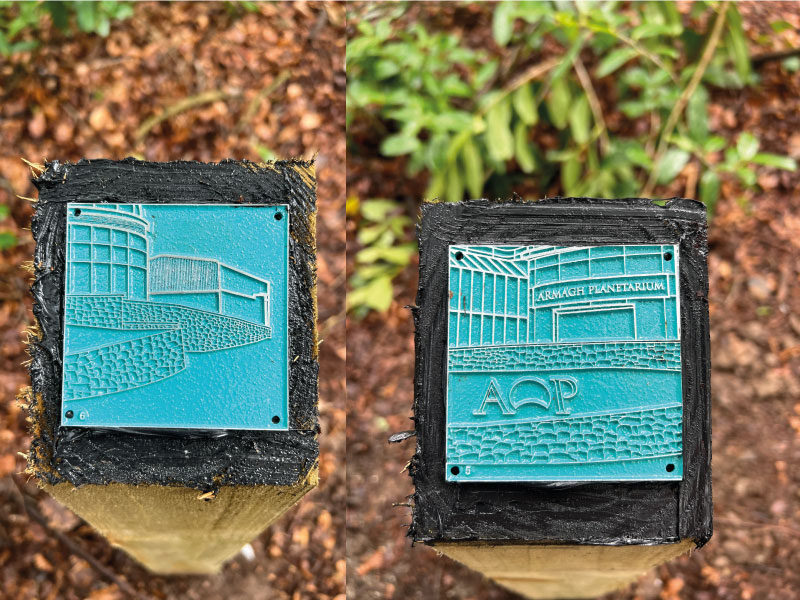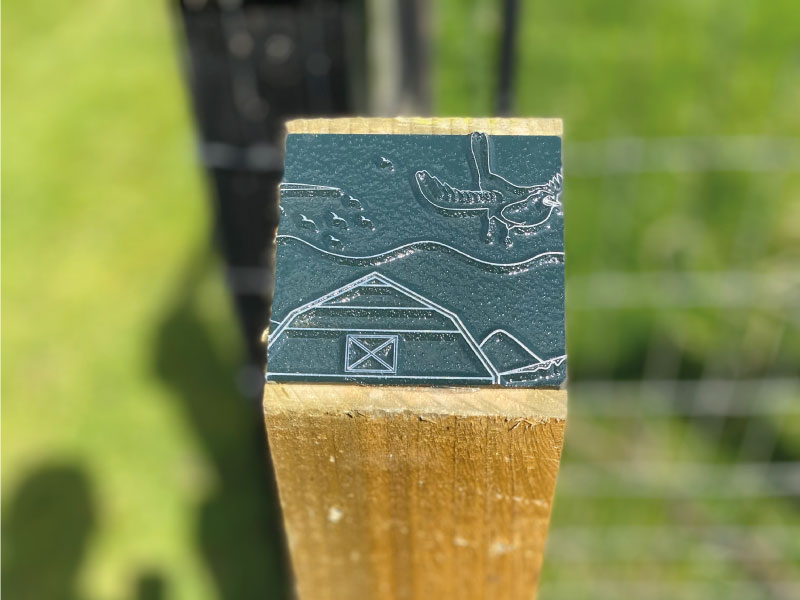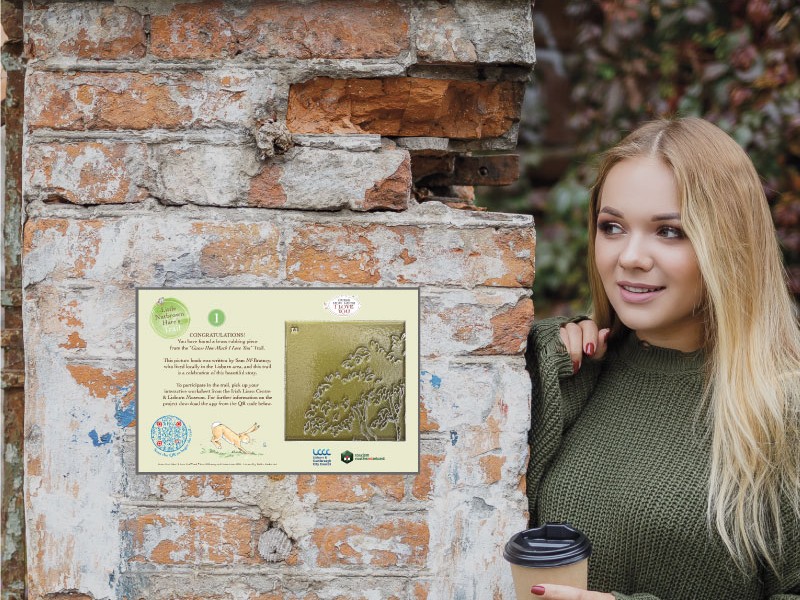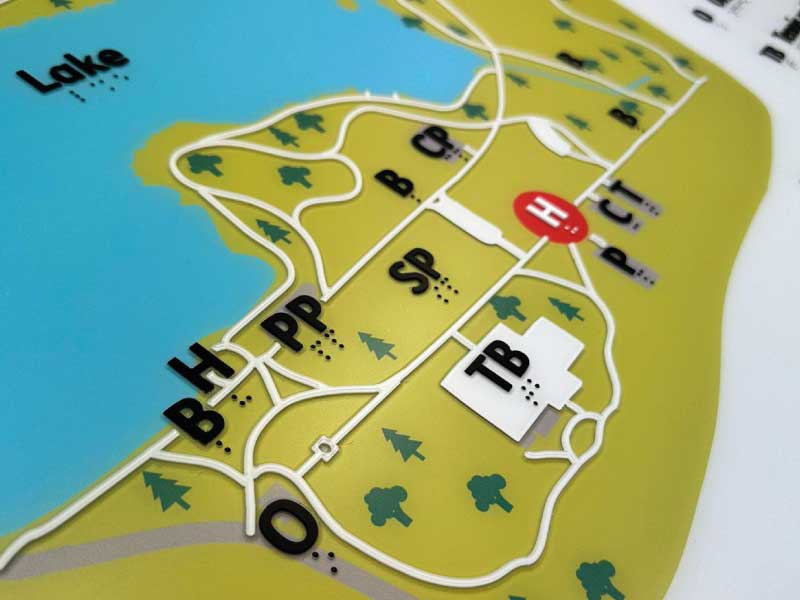Trail Development
Creating a well-designed trail
The Processes Involved in Trail Development
Trail development is a multifaceted process that requires careful planning, collaboration, and the expertise of trail designers. Combining trail designers' knowledge and skills with local stakeholders' insights can create a well-designed trail that enhances the natural environment, provides an enjoyable experience for users, and fosters a sense of community ownership. In this article, we will explore the processes involved in trail development and emphasise the importance of a committee that works closely with local landowners and stakeholders.
Leveraging Trail Designers and Local Knowledge
Engaging a trail designer is a critical step in the trail development process. These professionals possess the expertise and experience to envision and create trails that meet a project’s goals and requirements. By collaborating with local stakeholders and leveraging their area knowledge, trail designers can create a trail that respects the natural environment and aligns with the region’s cultural and historical context.
Processes Involved in Trail Development
Site Assessment: The first step in trail development is conducting a comprehensive site assessment. This involves evaluating the terrain, natural features, vegetation, and potential environmental impacts. A thorough understanding of the site’s characteristics helps inform trail design decisions and ensures the trail is harmoniously integrated into the landscape.
Planning and Design: Once the site assessment is complete, trail designers work closely with local stakeholders to develop a trail plan. This includes determining the trail’s alignment, considering user demographics and preferences, and incorporating sustainable trail design principles. Designers also consider the accessibility requirements and desired trail experiences to create a well-rounded trail design.
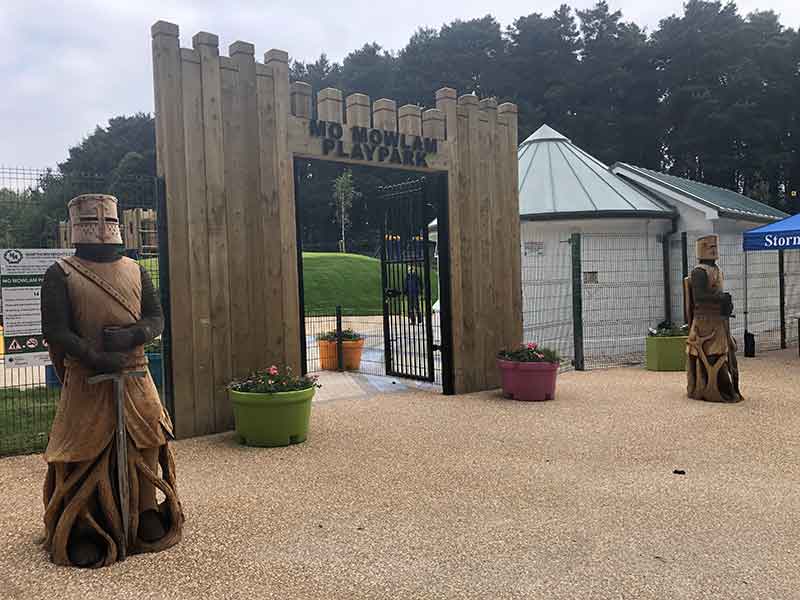
Further Processes
Landowner and Stakeholder Collaboration: Building solid relationships with local landowners and stakeholders is vital in trail development. Collaboration ensures that the trail design respects private property rights, minimises environmental impacts, and addresses any concerns or opportunities specific to the area. Open and ongoing communication allows for a collaborative decision-making process and fosters a sense of community ownership over the trail.
Committee Involvement: Establishing a committee of representatives from various community groups, local government, landowners, and trail users is crucial for successful trail development. The committee acts as a forum for discussion, ensures the representation of diverse interests, and helps guide decision-making throughout the project. Their input and involvement contribute to the trail’s sustainability, community engagement, and long-term success.
Using Locally Sourced Materials for Trail Construction
Respect for Landowner Rights: By involving local landowners in the trail development process, their concerns, perspectives, and expertise are considered. This fosters a collaborative approach that respects landowner rights, addresses potential conflicts, and ensures the trail’s alignment is mutually beneficial.
Sustainable Land Use: Local landowners possess valuable knowledge of the area’s ecology and can provide insights on sustainable land use practices. By engaging them in the trail development process, potential environmental impacts can be minimised, and the long-term health of the ecosystem can be preserved.
Community Engagement and Support: Working closely with local stakeholders builds a sense of ownership and pride in the trail. Engaging community members in decision-making encourages their support and involvement, leading to increased trail usage, volunteerism, and ongoing maintenance efforts.
Access to Local Knowledge: Local landowners and stakeholders often have a deep-rooted knowledge of the area’s history, culture, and unique features. Their input can help incorporate elements highlighting the local identity, creating an educational and enjoyable trail experience for users.
Trail development is a collaborative effort that involves leveraging the expertise of trail designers while incorporating the invaluable knowledge of local landowners and stakeholders. By following a systematic process that includes site assessment, planning, and committee involvement, trails
The Importance of Working Closely with Local Landowners and Stakeholders
The success of a trail construction project relies on the expertise of the team involved. Hiring professionals with specialised knowledge and experience in trail construction ensures that the project is executed to the highest standards. A knowledgeable team can offer valuable insights and innovative design solutions, provided the trail meets industry standards and aligns with the project’s goals. Their expertise in proper construction techniques and understanding of environmental considerations contribute to the long-term sustainability of the trail.
Different Types of Trail Construction Techniques
Natural Surface Trails: These trails are constructed using on-site natural materials, such as soil, rocks, and vegetation. They are designed to blend seamlessly with the environment and provide a rustic and immersive experience for hikers, walkers, and nature enthusiasts.
Gravel Trails: Gravel trails consist of a compacted base with a layer of crushed stone. They are suitable for high-use areas, providing a stable and durable surface for easy maintenance and accessibility.
Boardwalks and Bridges: Boardwalks and bridges provide safe passage in areas with wetlands or rugged terrain. These elevated structures help protect sensitive ecosystems and allow visitors to enjoy the natural beauty of the surroundings.
Using Locally Sourced Materials for Trail Construction
Respect for Landowner Rights: By involving local landowners in the trail development process, their concerns, perspectives, and expertise are considered. This fosters a collaborative approach that respects landowner rights, addresses potential conflicts, and ensures the trail’s alignment is mutually beneficial.
Sustainable Land Use: Local landowners possess valuable knowledge of the area’s ecology and can provide insights on sustainable land use practices. By engaging them in the trail development process, potential environmental impacts can be minimised, and the long-term health of the ecosystem can be preserved.
Community Engagement and Support: Working closely with local stakeholders builds a sense of ownership and pride in the trail. Engaging community members in decision-making encourages their support and involvement, leading to increased trail usage, volunteerism, and ongoing maintenance efforts.
Access to Local Knowledge: Local landowners and stakeholders often have a deep-rooted knowledge of the area’s history, culture, and unique features. Their input can help incorporate elements highlighting the local identity, creating an educational and enjoyable trail experience for users.
Trail development is a collaborative effort that involves leveraging the expertise of trail designers while incorporating the invaluable knowledge of local landowners and stakeholders. By following a systematic process that includes site assessment, planning, and committee involvement, trails


